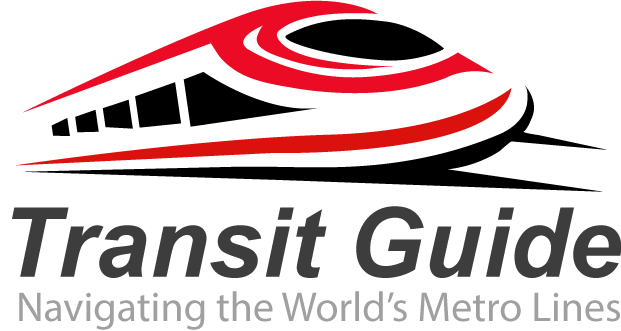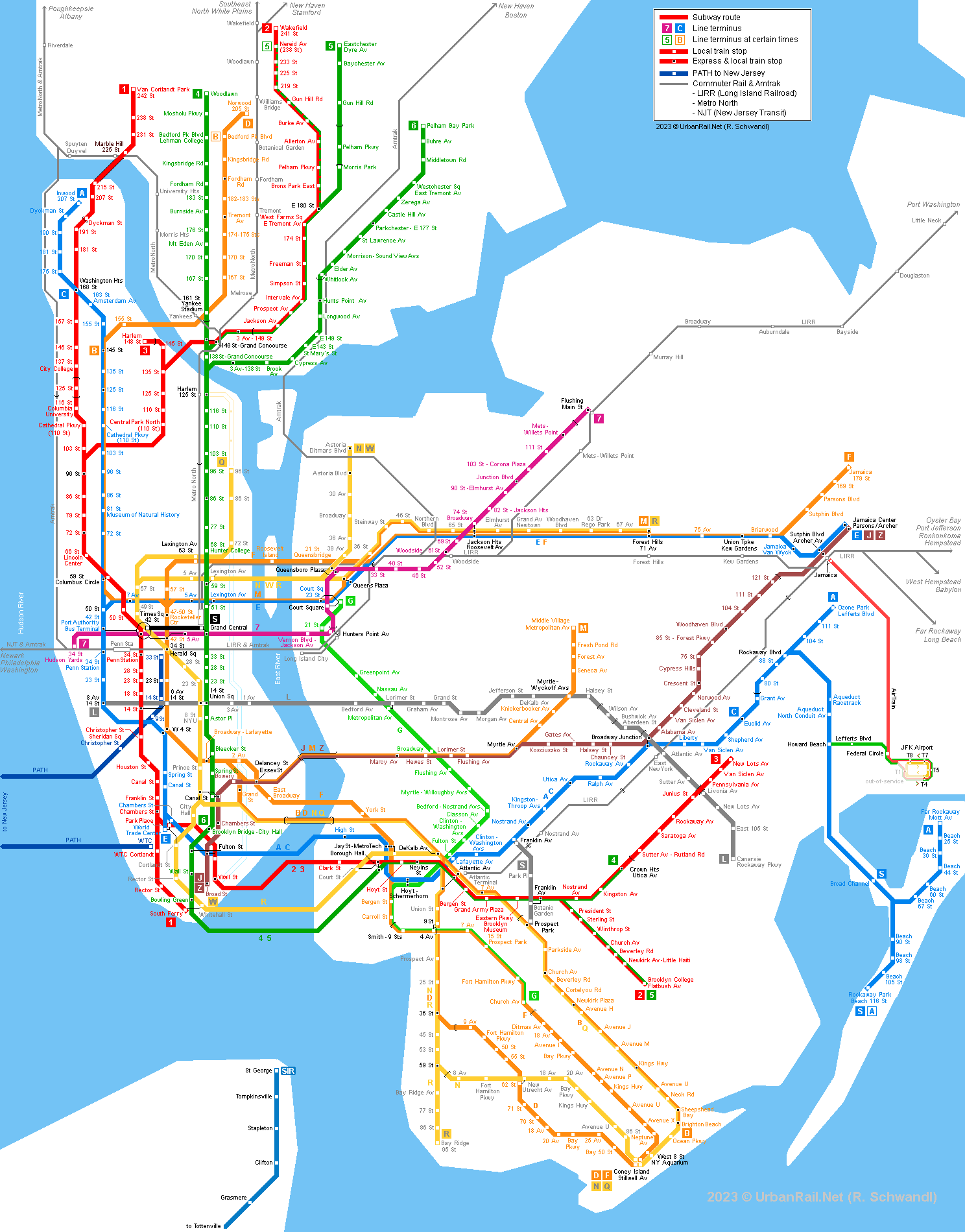The New York City transit system is one of the largest and busiest in the world, serving millions of riders daily across all five boroughs—Manhattan, Brooklyn, Queens, The Bronx, and Staten Island. Operated primarily by the Metropolitan Transportation Authority (MTA), the network offers an extensive range of options, including subways, buses, commuter rail lines, and ferries, making it possible to navigate the city efficiently without a car.
Subway System
At the heart of New York’s transit is the subway, a 24/7 service with 472 stations—the most of any metro system worldwide. Lines are identified by letters or numbers, and routes are color-coded for easy navigation. Key hubs like Times Square–42nd Street, Grand Central–42nd Street, and Fulton Street connect multiple lines, allowing quick transfers across the city.
Bus Network
The MTA bus system complements the subway by serving neighborhoods without direct train access. Local buses make frequent stops, while Select Bus Service (SBS) offers faster, limited-stop service with off-board fare payment.
Commuter Rail & Ferries
For those traveling between New York City and surrounding regions, the Long Island Rail Road (LIRR), Metro-North Railroad, and Staten Island Railway provide reliable connections. Ferries, such as the Staten Island Ferry, offer scenic and free rides with stunning views of the Statue of Liberty and the Manhattan skyline.
Payment & Travel Tips
Riders can pay fares using the OMNY contactless payment system or a traditional MetroCard. Planning ahead with the MTA website or mobile apps helps avoid delays and find the fastest routes. Rush hours (7–9 a.m. and 4–7 p.m.) tend to be crowded, so traveling outside peak times is more comfortable.

